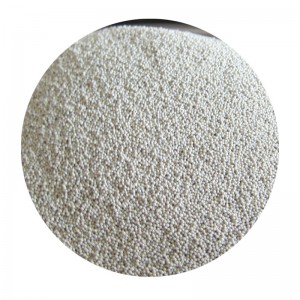What is Gold Sand?
Gold sand, often referred to as gold dust or gold particles, is a term that captures the imagination of prospectors and treasure hunters alike. The allure of gold has been deeply rooted in human civilization for millennia, symbolizing wealth, power, and beauty. Gold sand can be found in various environments, particularly in riverbeds and streams where erosion processes have concentrated the precious metal over time. Understanding what gold sand is involves exploring its characteristics, formation process, and significance in both natural and human contexts.
Characteristics of Gold Sand
Gold sand consists of tiny particles or grains of gold that can range in size from fine dust to larger nuggets. The color of gold is distinct, typically a bright yellow or golden hue, and it has a unique luster that makes it easily identifiable. Unlike many other materials found in nature, gold is non-reactive and does not tarnish, which contributes to its enduring appeal. Gold sand is often mixed with other materials, such as sand, gravel, or clay, making its identification a crucial skill for prospectors.
When panicking for gold in rivers, prospectors often use a technique called gold panning. This involves filling a shallow pan with sediment and then swirling water to wash away lighter materials, leaving behind heavier particles, including gold sand. The density of gold (19.3 grams per cubic centimeter) is significantly higher than that of most other materials, which makes it accumulate at the bottom of the pan, aiding in its collection.
Formation of Gold Sand
The formation of gold sand is a product of geological processes that take place over millions of years. Gold is typically found in its native form within veins or lodes, which are deposits in rock formations. Natural forces such as weathering, erosion, and river flow gradually break down these deposits, transporting gold particles downstream. The constant movement of water separates the gold from lighter materials, allowing it to settle in areas with lower turbulence, such as the bends of rivers or behind large rocks.
what is gold sand

Once concentrated, these deposits of gold sand can become significant sources of gold extraction. The discovery of gold in riverbeds has historically led to rushes where large numbers of people flocked to these areas in hopes of striking it rich, as seen during the famous Gold Rushes of the 19th century in places like California and Australia.
Significance of Gold Sand
The significance of gold sand extends beyond its physical properties. Gold has played a critical role in various cultures throughout history. It has been a standard for currency, a medium of exchange, and a representation of wealth and status. Gold jewelry and artifacts from ancient civilizations demonstrate the metal's aesthetic appeal and cultural importance.
In the modern world, gold retains its value as a hedge against inflation and economic instability. Investors and financial markets turn to gold as a safe haven, prompting interest in gold mining and panning activities. Gold sand, therefore, is not just a natural phenomenon; it is also linked to economic and social narratives that shape our understanding of wealth and value.
Moreover, the quest for gold sand has sparked interest in environmental issues. The methods used for extracting gold can have serious repercussions on ecosystems, leading to habitat destruction and pollution. Modern regulations and ethical considerations aim to balance the pursuit of gold with the preservation of the environment.
In conclusion, gold sand embodies a unique combination of natural beauty, historical significance, and economic value. Whether as a symbol of wealth or a target for prospectors, it continues to capture the imagination of people worldwide. The allure of gold never fades, reminding us of humanity's enduring quest for riches and the natural forces that create this captivating element found in the sands of our rivers. Understanding gold sand helps us appreciate not only its material value but also its place in the tapestry of human history.
Post time:নভে. . 21, 2024 01:46
Next:ceramsite
